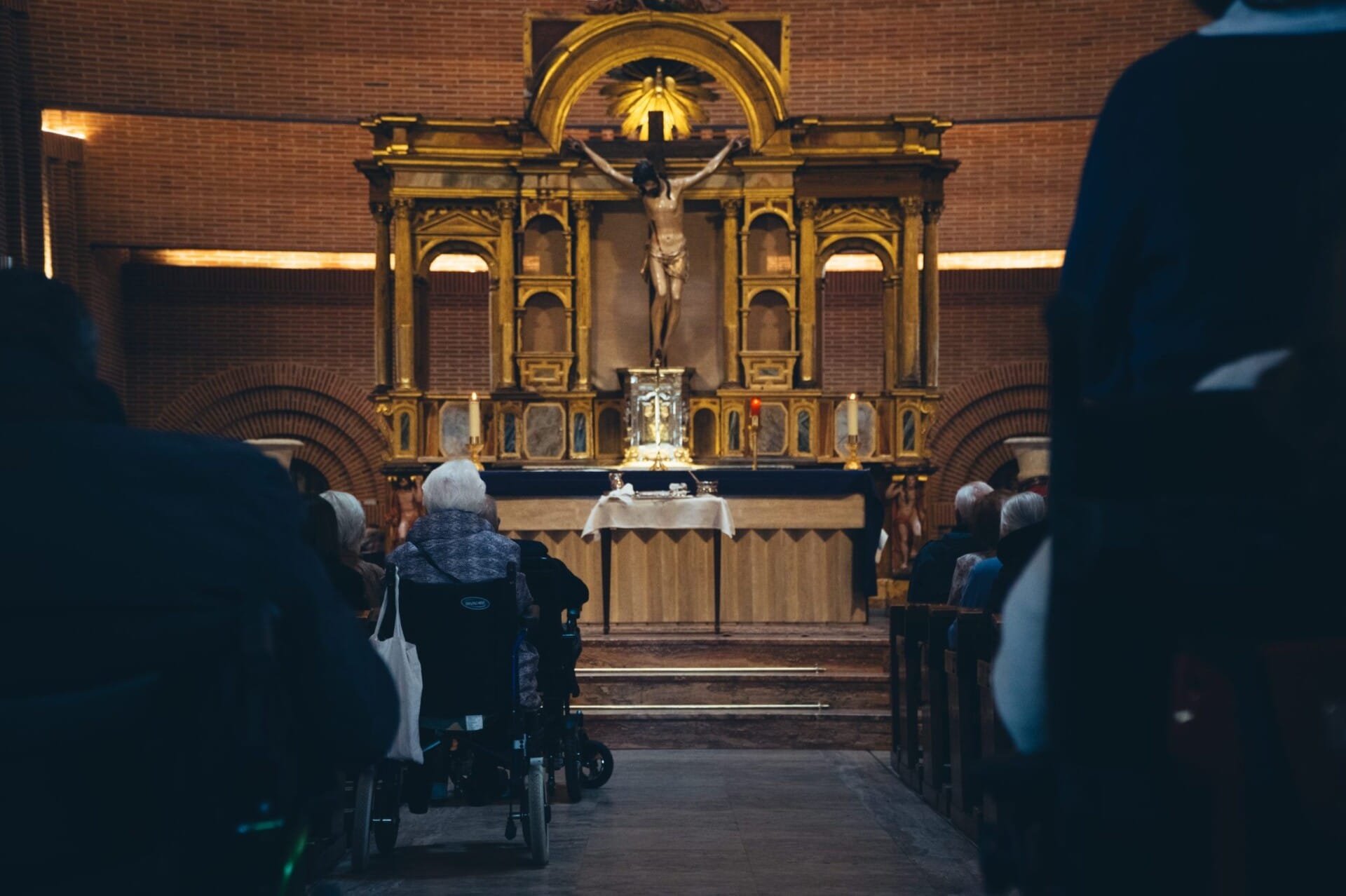After the intensity of Lent and Holy Week, Easter also becomes a propitious time to deepen the gift and art of prayer. As explained by Fr. Fabian Martin OAR, Christian prayer is the substratum for the dynamism of faith and a personal, intimate and profound dialogue between man and God. He also states that this communion implies an exodus from the I of man to the you of God and the you of the other. This allows him to affirm that Christian prayer is always authentically personal and individual and, at the same time, communitarian.
In its article A total Christ who prays. A pedagogical proposal for community prayer, Fr. Fabian recognizes, however, that prayer is not a simple task and that the pray-er must face many difficulties. While stressing that prayer, more than a human endeavor, is a gift from God, he emphasizes that it is an arduous demand for Christians. Thus, education in prayer is an indispensable requirement for believers and, in particular, for consecrated religious, whose main mission should be to become teachers of prayer.
After exposing in his article these basic characteristics of prayer, he explains the elements that allow us to consider a prayer as authentically “Christian” and, in particular, “Augustinian Christian” and “Augustinian Recollect”.
He then recalls that, for St. Augustine, the most genuine Christian prayer is that which asks for nothing other than God Himself and eternal life with Him, as well as everything else that serves that purpose. However, Fr. Fabian warns that it is not possible to achieve this quality in prayer if it is not sustained by the three theological virtues, that is, faith, hope and charity, which constitute the solid foundation of Christian prayer. For this reason, he emphasizes that each of these three virtues is a gift from God, as is the prayer that arises from them.

Further on, he explains that in order for the commitment to prayer to become a meaningful exercise that has an active impact on one’s life, it is essential that the prayerful person maintain an attitude of constant renewal. In his opinion, this makes it easier for him to tend towards a certain interior unity, an affective bond with his brothers and sisters in Christ and, above all, to be able to express it in common union in prayer.
Among the means to promote liturgical prayer in common, he suggests developing an adequate liturgical instruction, paying attention to the quality of the time and the physical attitude to be maintained in the exercise of this activity, paying attention to the position of the body during prayer and making a good preparation of the environment and the physical place reserved for it, or the establishment of an adequate rhythm for the liturgical recitation.
Finally, Fr. Fabian offers an appropriate methodology for a common prayer, and gives guidelines to enrich the prayer experience in community, so that it becomes an authentic community prayer that strengthens and increases fraternal bonds.
Although the considerations he makes aim to strengthen community prayer, any believer can find in this article profound foundations with which to strengthen and enrich his personal and individual prayer.


